Pop Quiz: When does Chesapeake Bay fishing season end?
A. In November
B. In December
C. In December or January, depending on the weather
D. Never!
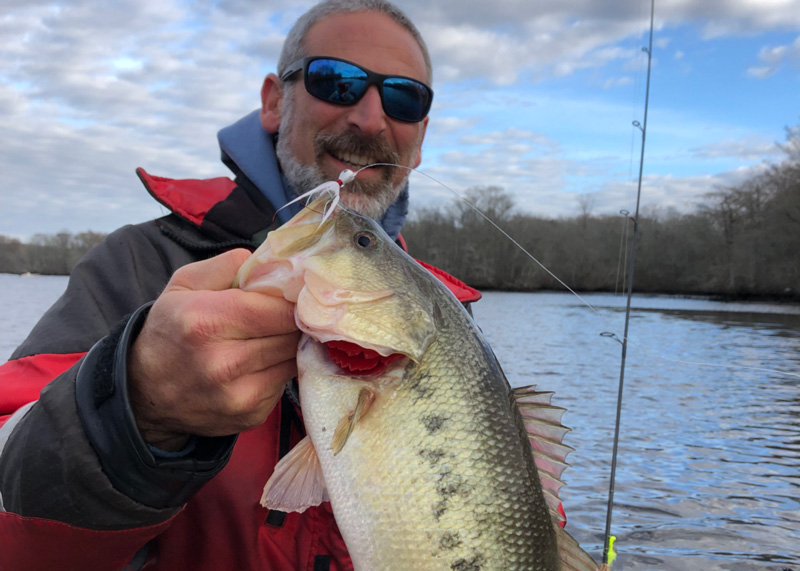
If you answer anything other than “D,” we think you need to reassess your level of angling ardor. While less dedicated folks are sitting at home growing cozy but bored on the couch, there’s some excellent fishing to be done within a stone’s throw up and down the shores of the Bay no matter where exactly you live. Yes, you may need to bundle up and of course, the fish you catch will likely be smaller than what you may be used to targeting. But a sure-fire way to cure cabin fever is to hit one of these five hot tidal tributaries.
The Susquehanna River
No river feeds more freshwater into the Chesapeake than the Susquehanna does, and few can match it for sheer numbers of winter fish caught when it comes to yellow perch. Perryville is the headline destination, as there are multiple boat ramps in the area and a public pier at Perryville Community Park plus pay-for pier access at Owens Landing, any of which can put you within reach of the hordes of perch. They usually show up here at the beginning of winter, and often remain until the spawning run begins in early March.
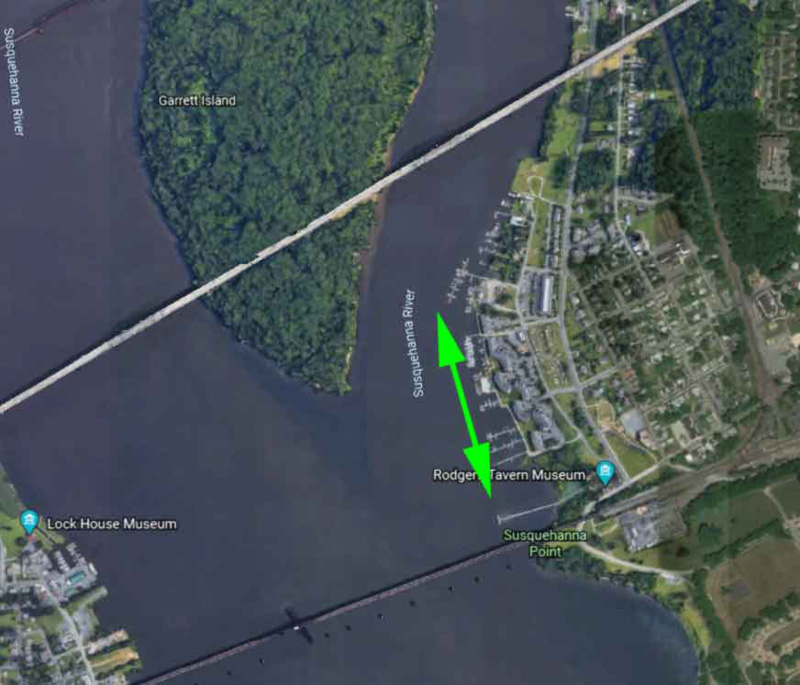
Even during cold winters when the waters freeze, you can still catch fish from the Perryville piers. Just use a spud (a screwdriver or chisel duct-taped to the end of a broom stick works just fine) to poke some holes through the ice, and lower down minnow lip-hooked on shad darts, two-inch tube jigs, or tiny tandems with a jig on bottom and a streamer up top.
Bonus Tip: Fish right off bottom. While it may not be true 100 percent of the time, most days, you’ll make the best catches here by putting your bait between a few inches and a foot off bottom. Note: extended periods of heavy rain or melt-off can rile the waters here, turn them the color of chocolate milk, and shut down the bite.
The Magothy River
The creeks and coves of the Magothy River hold plenty of yellow perch through the winter months, and you’ll also encounter pickerel plus a white perch now and again. Beachwood is the well-known shoreline access area, and you can catch fish here year-round by casting out minnow or grass shrimp. The water depth is only about four feet throughout the area, so suspending your bait three to three-and-a-half feet under a bobber rig works quite well. Kayak anglers willing to do a few hundred feet of portage can launch here and hit all areas of the cove or head upriver and fish around the bridge and in Nanny’s Creek; casting to the pier pilings often triggers a bite. Or head downriver and into Old Man Creek, another area that often produces perch and pickerel.
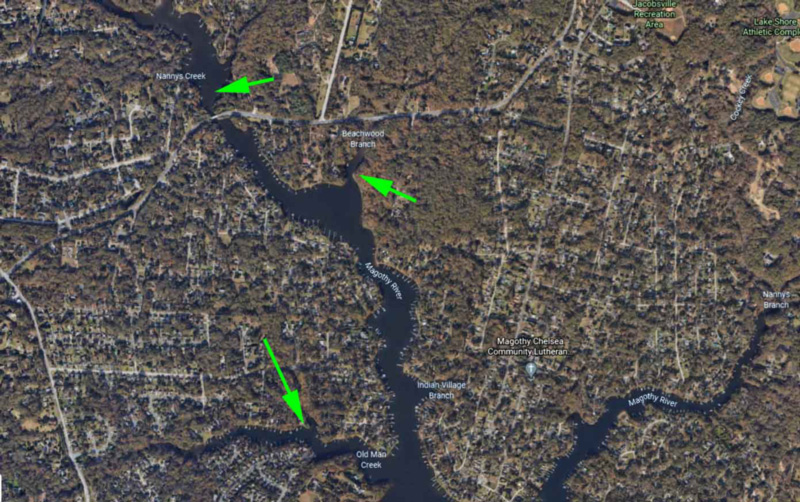
Boat access on the Magothy is tough; Ferry Point Marina has a ramp but charges a hefty fee and access can be iffy during the winter months so calling ahead is a must. Many boat anglers launch at Sandy Point, and make the run (about 10 miles) up the river from there.
Bonus Tip: The perch here meander around the creeks and river in groups, so the bites often come in waves. When the action peters out in one spot be quick to move on and try another. But an hour or two later, don’t hesitate to hit that same hotspot again because often you’ll discover that the fish have returned.
The Pocomoke River
The upper Pocomoke River is a veritable winter playground for fisherfolks, with pickerel, largemouth bass, catfish, and yellow perch all present through the never-ending fishing season. Minnow lip-hooked on a shad dart are tough to beat for all of the above when fishing the channel edges, though small jigs fished on bottom in the channel itself is a killer tactic on low tides. Anglers fishing from shore often use simple top-and-bottom rigs with minnow or night crawlers for a mix of perch and catfish.
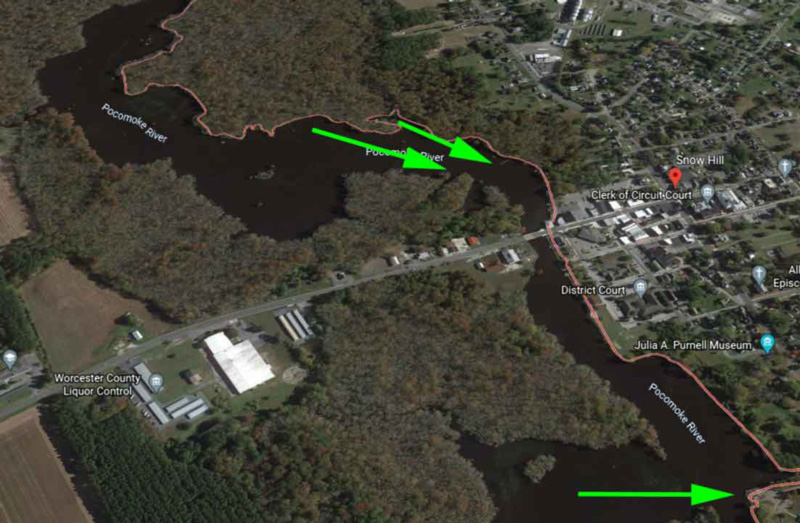
Byrd Park (in Snow Hill) offers access for both types of anglers and kayakers as well. Note, however, that a very low drawbridge crosses the river at Snow Hill and you’ll have to call ahead and abide by time restrictions if you want to gain passage to the numerous good fishing spots upriver (visit snowhillmd.gov for the details). The good news: once you get past the bridge, you’ll see plenty of easy to ID hotspots. The big pier on the right, the little cut to the left — if it looks fishy, it probably is.
Bonus Tip: Fish shorelines and shallows on flood tides; lip-hooking a minnow on a Road Runner and slowly working it along next to deadfall is a killer for bass and pickerel. On low tides stick with the main channel, where perch and catfish often ball up as water levels drop and will fall victim to a minnow sent down to the bottom. And during intermediate tides anchoring up right on the channel edge and drifting a minnow suspended under a bobber right above the depth of the drop-off is a killer tactic for all of the above.
The Rappahannock River
The upper Rappahannock around Fredericksburg may be better known for its late winter/early spring shad runs, but this zone also offers awesome mid-winter angling opportunity as well. And since Fredericksburg is quite close to the fall line, it can be surprisingly diverse. Upriver areas can produce good catches of both smallmouth and largemouth bass, mostly casting slow-moving swimbaits and bladebaits to deadfall, with smallmouth numbers rising the farther upriver you go. Downriver areas produce far more largemouth. Perch and a few pickerel will be caught on minnow, and perch and bream on night crawlers. The bulk of the catch from Fredericksburg down, however, will consist of catfish. The good news is that these waters are mostly filled with eating sized fish (a mix of channels and blues) and if you sink a chunk of cut gizzard shad down to the bottom, on a good day (or night) of fishing, you can often fill your cooler.
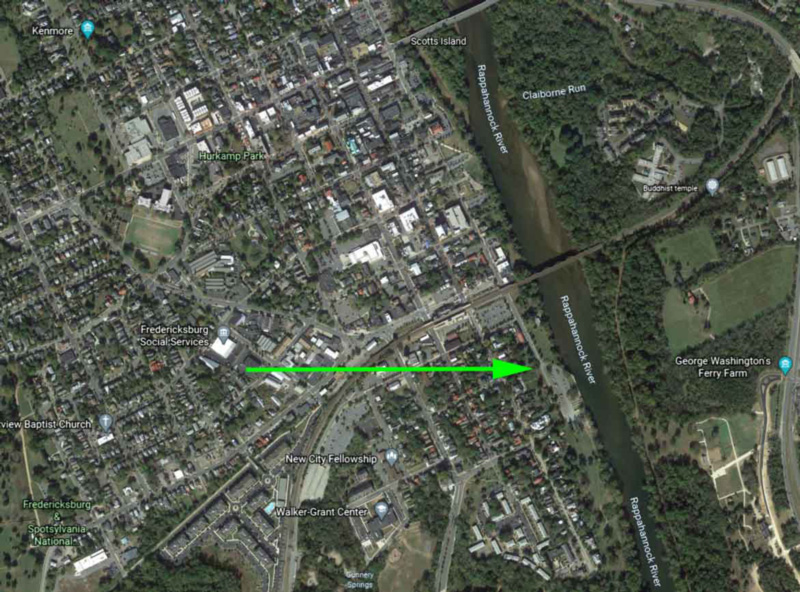
The town park here offers access for shoreline anglers and has ramps for boat and kayak fishermen, as well. Shoreline anglers can also gain access upriver at Old Mill Park and kayak anglers can fish upriver areas via Motts Landing. Visit dwr.virginia.gov for details on access points.
Bonus Tip: Boat anglers can head downstream to the bends in the river, where the channel gets pinched and creates deep holes where yellow perch can stack up while they wait for the spring run; minnow fished on bottom will get ‘em. Also, note that this entire segment of the Rap is extremely sensitive to flow levels and can get washed out by heavy rains or snow melt; plan your trips here accordingly.
The James River
The James River, particularly the Dutch Gap to Hopewell area, is the undisputed heavyweight champion of anglers in search of heavyweight blue catfish — and these monsters will keep biting right on through the winter months. Whether you choose to bait up with chunks of cut gizzard shad, strips of chicken breast, or live sunfish, you’d best be hauling heavy tackle (50- to 80-pound braid line is not excessive) and deploying large circle hooks (10/0 is not out of line).
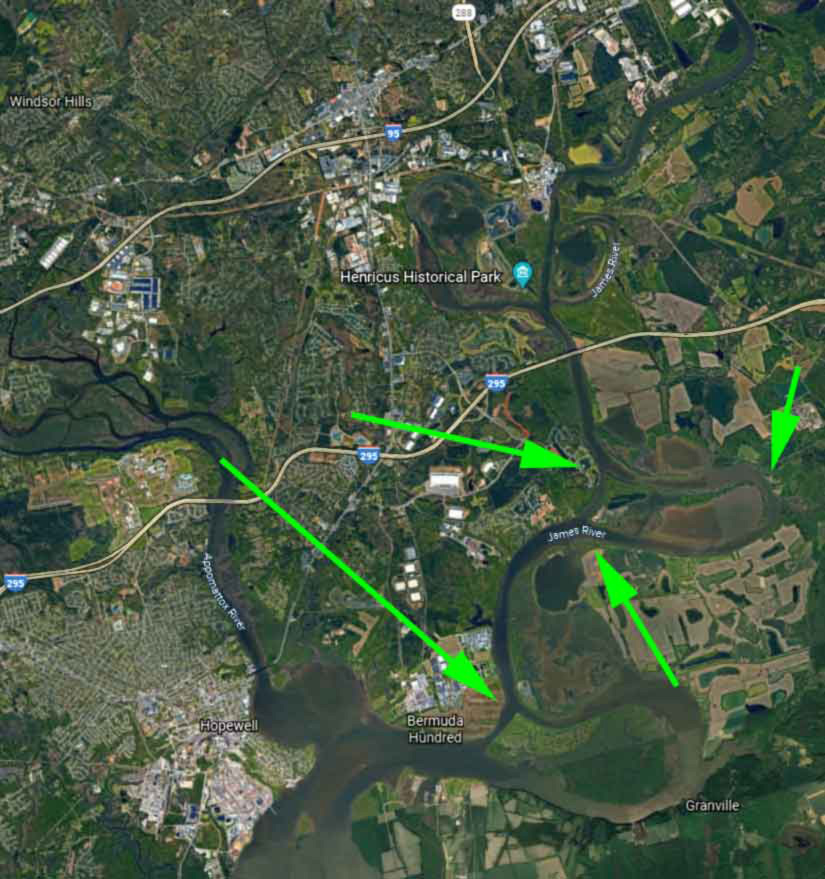
There’s excellent access at Dutch Gap Conservation Area with boat ramps and multiple shoreline access points, however, as we go to press there’s been talk of shutting down the boat ramp to allow for easier removal of coal ash from Dominion’s nearby property so we’d suggest checking chesterfield.gov before planning any trips this winter. Osborne Park, slightly upriver, is another option. Boat and kayak access can be found in Hopewell at Hopewell City Marina. There’s also a small fishing pier there, but shoreline anglers looking for more elbow room may want to head for Old City Point Waterfront Park.
Bonus Tip: Areas where oxbows meet the main-stem river are often excellent spots to try, but don’t overlook going into the oxbows themselves. Locate a hole with lots of snags and downed trees, and you’ll be in prime territory.
In all of these tribs remember that although the tidal influence may be minor-league compared to downriver fishing grounds, it can still have a dramatic effect on the bite. As a rule of thumb look for holes and channels on low tides and check out flats and edges during high water. Also remember that the colder the water temps get, the slower the fish will be moving. Several warm, sunny days in a row can often trigger a more active bite. And while all of these areas can be temporarily shut down by excessive runoff (noted where it’s most commonly a problem), all will bounce right back into action after a couple-few days. Regardless of which one’s closest to you, one thing is for sure: whenever one might think the season “ends,” these five tidal tribs are just a sampling of the many places you can go to prove that fishing never really stops in Chesapeake country.
Sign up here to get the weekly FishTalk Chesapeake Bay and Mid-Atlantic fishing reports in your email inbox, every Friday by noon.